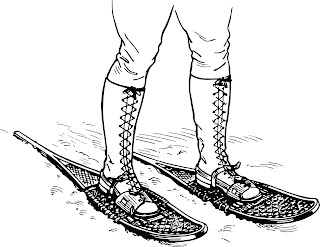In their own words #6 – Raymond G. Hopper

After deriding the expansion and gentrification of most hotels across the Adirondacks, Hopper’s article praises Smith’s Lake because it had remained in its untouched “primordial” state. Hopper feared that railroads would soon penetrate all parts of the forest. As a result, Hopper warned, the wilderness “is fast being brought into narrower limits by a ruthless inevitable march of civilization.” Hopper concluded his article with the urgent and ultimately ironic advice to other sportsmen to “go there!” Hopper had no way of knowing that by the time his article was published it would already be too late for the general public to go to Smith’s Lake. In early 1891 Dr. Wm. Seward Webb purchased tens of thousands of acres surrounding the upper Beaver River and tightly closed them off to the public [see my post of 10/29/21]. Webb also purchased and demolished both Lamont’s and Muncy’s hotels. The railroad that Hopper feared, cut diagonally across the area. [see my post of 04/27/21] ...




